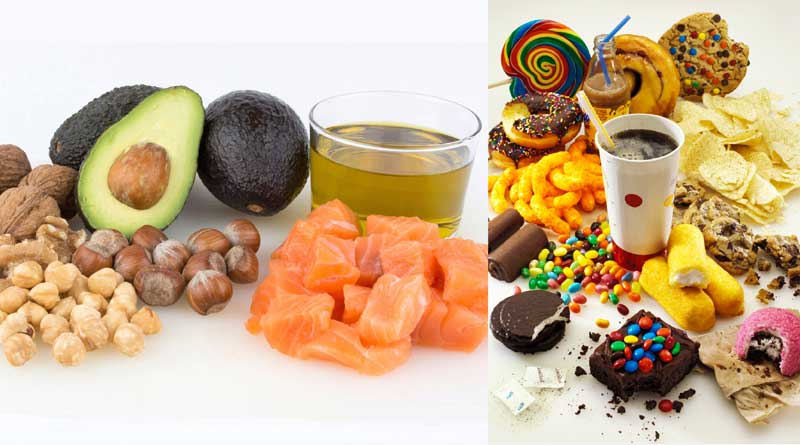Currently Empty: ₦0.00
Your Guide to Healthy Fats vs. Bad Fats


Hey there, health enthusiasts! If you’ve ever found yourself wondering which fats are your friends and which ones are foes, you’re not alone. Fats often get a bad rap, but the truth is, not all fats are created equal. Let’s embark on a delicious journey to uncover the difference between healthy fats and their less desirable counterparts.
The Skinny on Fats:
Fats are an essential part of our diet, playing a crucial role in maintaining good health. However, it’s important to distinguish between the good guys and the not-so-good guys. Healthy fats, also known as unsaturated fats, can be your allies in promoting heart health, brain function, and overall well-being. On the flip side, bad fats, often referred to as saturated and trans fats, can wreak havoc on your health when consumed in excess.
Healthy Fats:
- Monounsaturated Fats:
- Where to find them: Olive oil, avocados, nuts (almonds, peanuts, cashews), and seeds (sunflower, pumpkin).
- Why they’re great: Monounsaturated fats can help reduce bad cholesterol levels, lowering the risk of heart disease.
- Polyunsaturated Fats:
- Where to find them: Fatty fish (salmon, mackerel, trout), flaxseeds, walnuts, and soybean oil.
- Why they’re great: Rich in omega-3 and omega-6 fatty acids, polyunsaturated fats support brain function and contribute to healthy skin.
Bad Fats:
- Saturated Fats:
- Where to find them: Animal products (meat, dairy, eggs), coconut oil, and palm oil.
- Why to limit them: Consuming too much saturated fat can raise LDL (bad) cholesterol levels, increasing the risk of heart disease.
- Trans Fats:
- Where to find them: Processed and packaged snacks, margarine, and some fried foods.
- Why to avoid them: Trans fats not only raise bad cholesterol but also lower good cholesterol levels, leading to an increased risk of cardiovascular disease.
Tips for a Fat-Friendly Lifestyle:
- Cooking Oils: Opt for olive oil for cooking and dressings. Olive oil is rich in healthy fats and can add a burst of flavor to your dishes.
- Fatty Fish: Include fatty fish like mackerel in your diet at least twice a week. These fish are packed with omega-3 fatty acids, promoting heart health.
- Nuts and Seeds: Snack on a handful of nuts or seeds for a satisfying and nutritious crunch. They’re a great source of healthy fats, fiber, and essential vitamins.
- Read Labels: Keep an eye out for hidden trans fats in processed foods. Check ingredient lists for partially hydrogenated oils, a telltale sign of trans fats.
Embrace the goodness of healthy fats while being mindful of the not-so-healthy ones. Your heart, brain, and overall well-being will thank you for it. So, the next time you’re in the kitchen, let the healthy fats take the center stage, and savor the benefits of a well-balanced, fat-friendly lifestyle!



